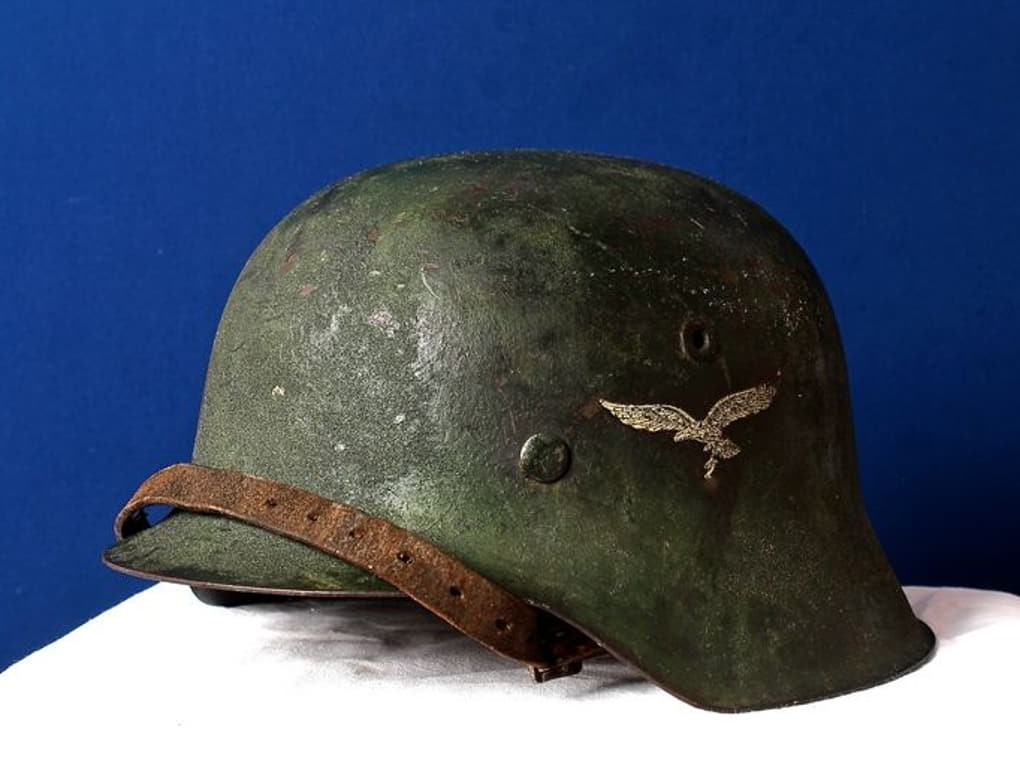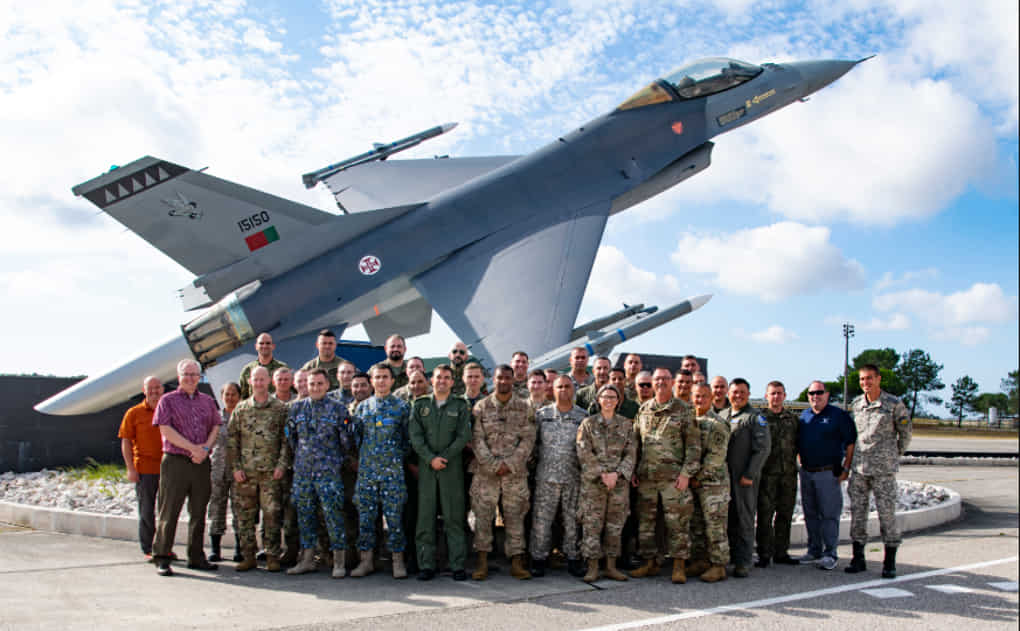Interesting facts about the HAL HF-24 Marut aka Spirit Of Tempest
The aircraft for today is the HAL HF-24 Marut aka the Spirit of Tempest which served the Indian Air force as their fighter and bomber aircraft back in the 1960s. The HAL HF-24 Marut was designed and developed by HAL (Hindustan Aircraft Limited) with the lead designer of the project being a German aircraft engineer named Kurt Tank. The HAL HF-24 Marut holds the title for being India’s very first fighter jet as well as the first Asian jet as well that not only underwent successful tests but also in service with an air force.
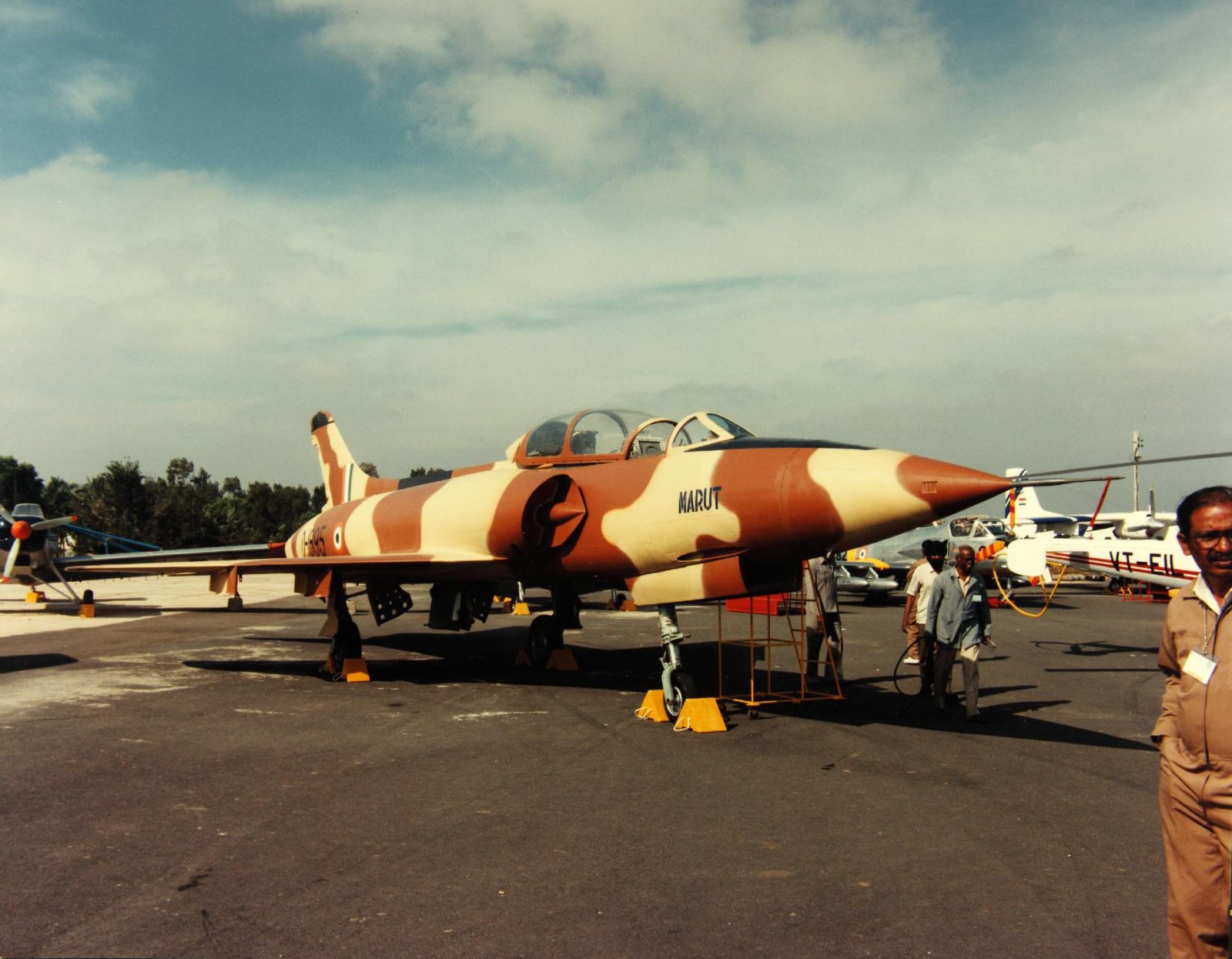
The HAL HF-24 Marut conducted its first flight back on April 1st, 1967 and the only operator of this aircraft is Indian Air Force (IAF). Although the HAL HF-24 Marut was envisioned to be a supersonic aircraft for combat missions, it was never able to achieve more than the Mach 1 speeds. The main reason for this limitation was the engine used in the aircraft that was marred with economic and political factors in its development. The limitations caused by engine issues often led to the aircraft getting criticized for its overall cost as well as lack of capabilities of a fighter jet in comparison t other fighter jets of its era.
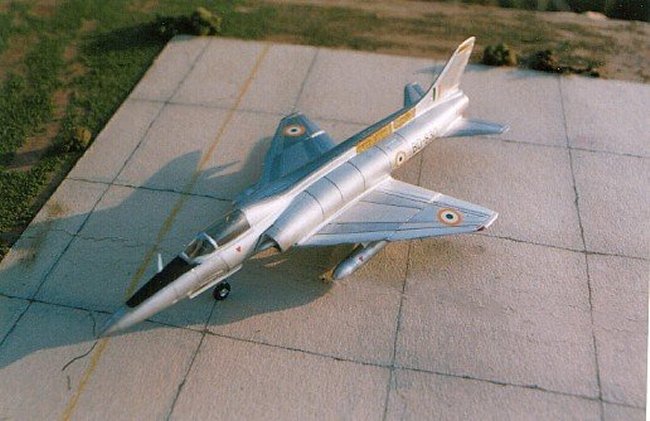
Before the HAL HF-24 Marut was pulled off of the production line, nearly 147 of these aircraft were produced and in the service of IAF. H aircraft had its early role as an interceptor fighter jet against the ground targets. The HAL HF-24 Marut served the IAF during the Indo-Pak War of 1971 and its most decorated participation was in Battle of Longewala. The aircraft went on to become obsolete in the late 1980s and was finally retired by IAF in 1990.
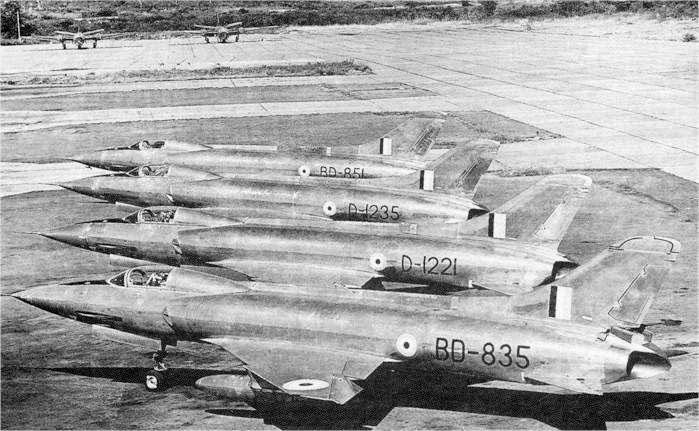
Origin of HAL HF-24 Marut:-
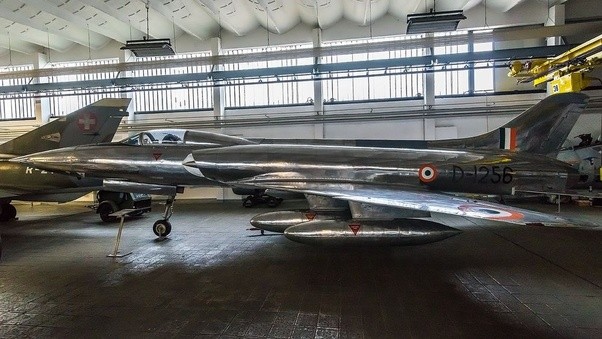
After World War II, when the British rule over the subcontinent ended, India emerged as a country of its own. Soon after this freedom, the Indian Air Force sought out for a jet fighter of their own to further embolden their freedom and sovereignty. The problem was that the country had no or little knowledge about the turbojet technology and the Air Ministry of India hired the designer named Kurt Tank for this mission.
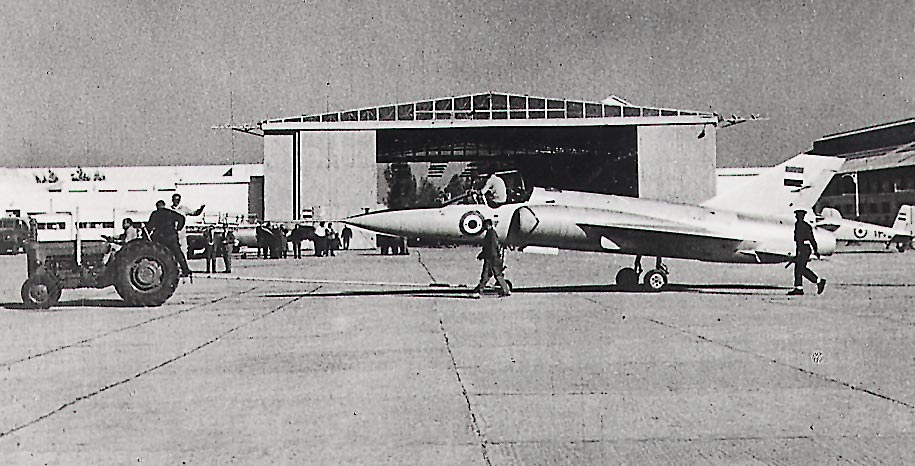
Tank led the team of German engineers along with his own knowledge of many fighters from World War II-era to start this new project that would ultimately give birth to HAL HF-24 Marut.
Prior to “Marut”, there was “Pulqui”:-
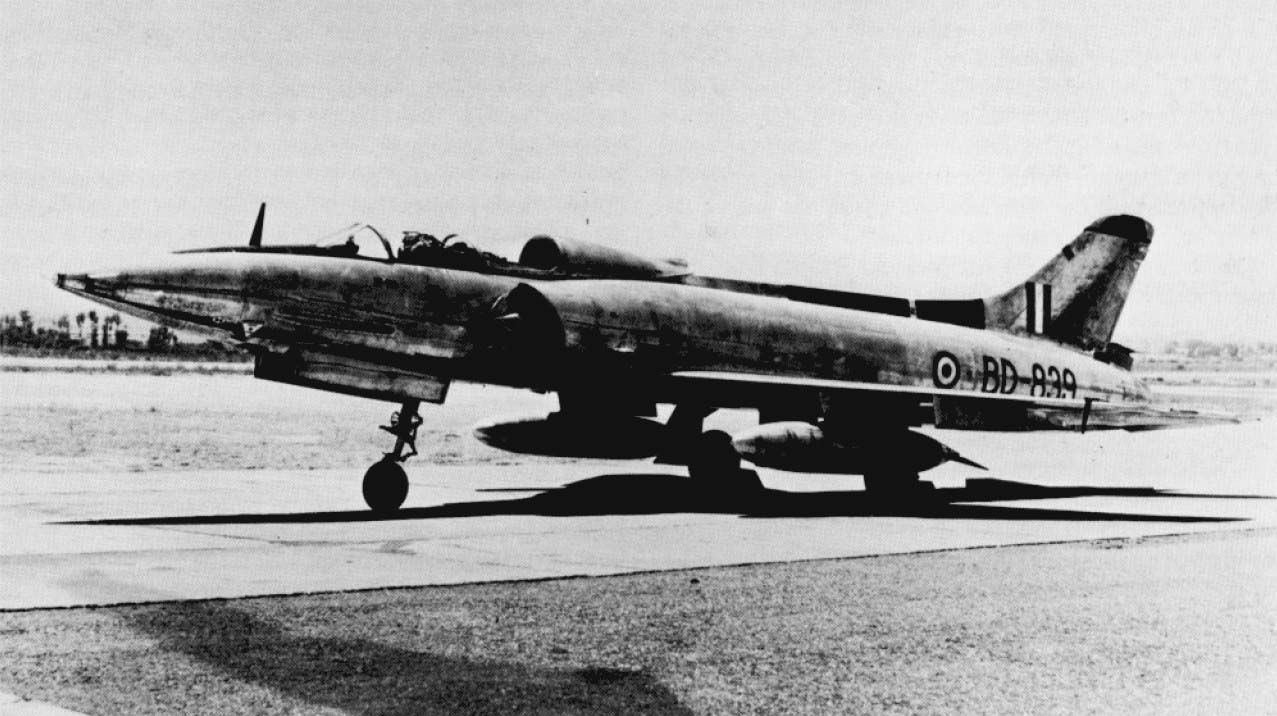
Prior to arrival in Indi, Tank was working on a fighter jet project for Argentine where his team was busy creating a swept-wing and turbojet-powered fighter for the Argentine Air Force. One of his deign was designated as FMA IA-43 Pulqui aka Arrow. This design was similar to that of the classic fighters from the 1950s that had a nose intake and a forward sitting cockpit, T-shaped tail and the mainplanes being of swept-back wings. The qualities of this aircraft were in similarity with the late-war fighter aircraft named Focke-Wulf Ta 183 Huckebein; a jet-powered aircraft. The Pulqui had its first flight on 27th June 1950 but after making 5 of these aircraft, the production was halted for good.
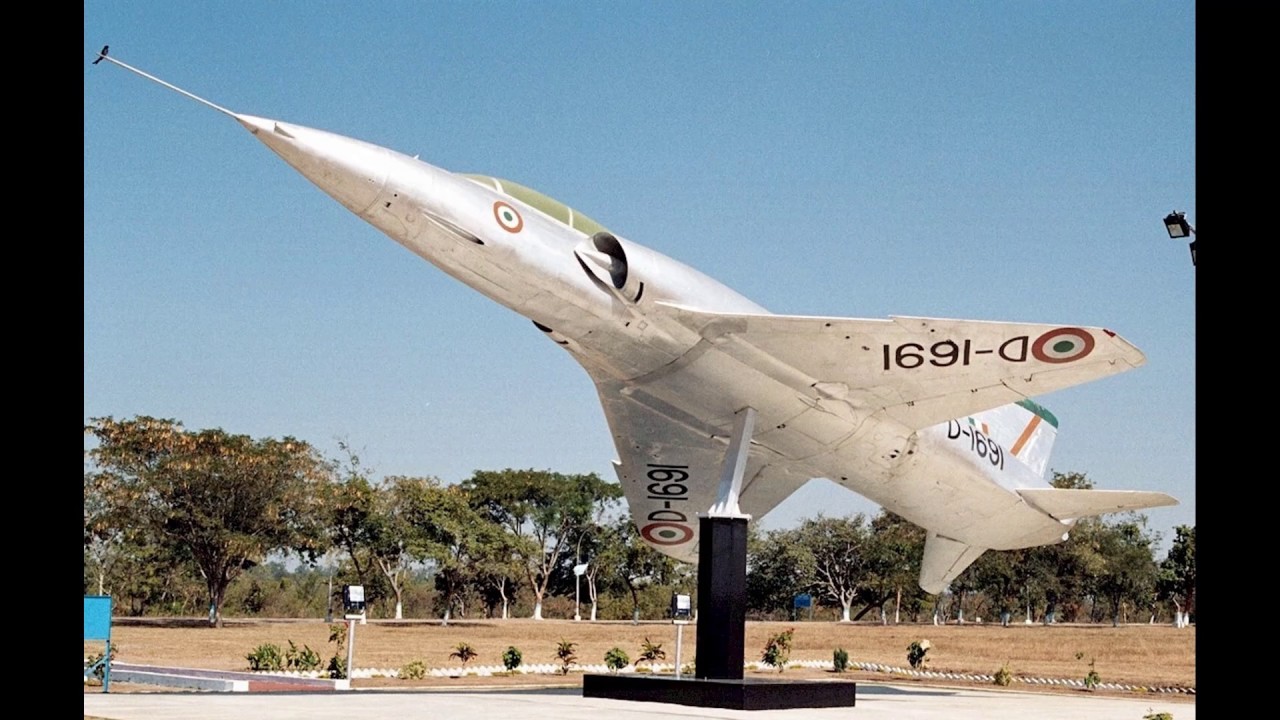
However, Kurt, who worked on this design, knew the potential of it and it was the one that led to the creation of the HAL HF-24 Marut.
Birth of Marut:-
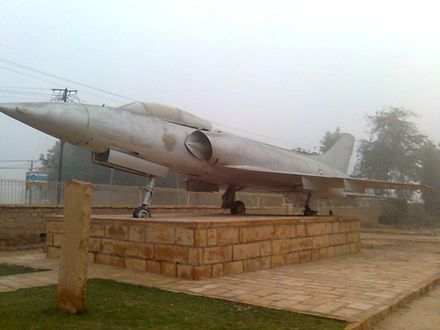
Kurt started working on an all-weather fighter jet back in 1957 which was designated as X-241 and was developed as a research glider. The first flight of this glider by towing was conducted back on 3rd April 1959 and following 85 flights, the aircraft crash-landed. Another full-length prototype was created for its first flight to happen on 17th June 1961 which was also fitted with 2 turbojet engines. This design was further improved and was designated as HAL HF-24 Marut. The model entered the IAF’s service under designation Mk 1 back in 1967.
Powerplant and Performance:-
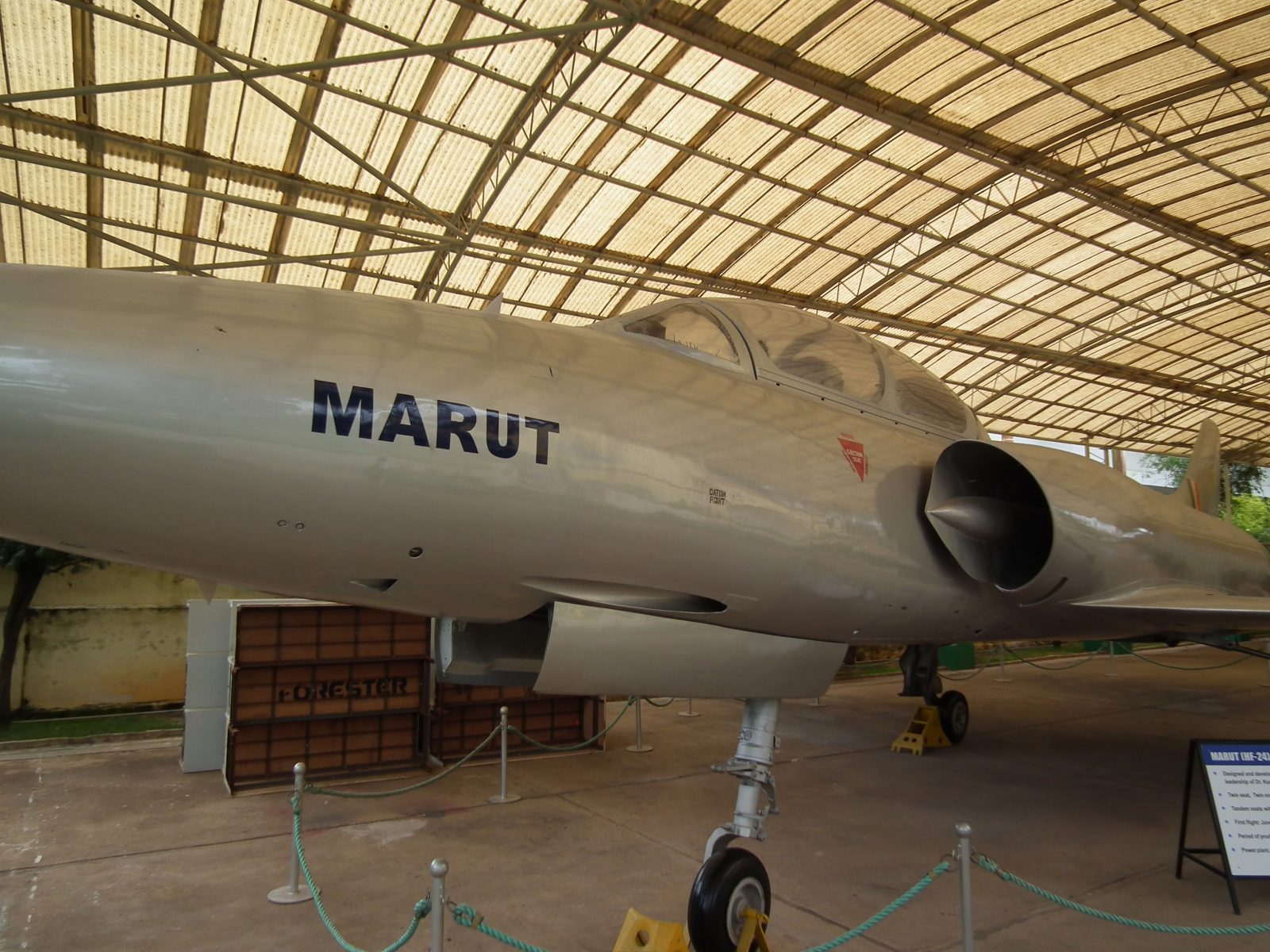
In order to power the HAL HF-24 Marut, it was equipped with 2 of the Hal/ Rolls Royce Orpheus Mk 703 turbojet engines; each of which would generate a thrust of nearly 5000 lbs. this much power allowed for the HAL HF-24 Marut to fly at a top speed of nearly 690 mph with combat range reaching 245 miles while ferry range was 620 miles. The aircraft would reach the maximum altitude of about 45000 feet with a climbing rate of 444 ft/min.
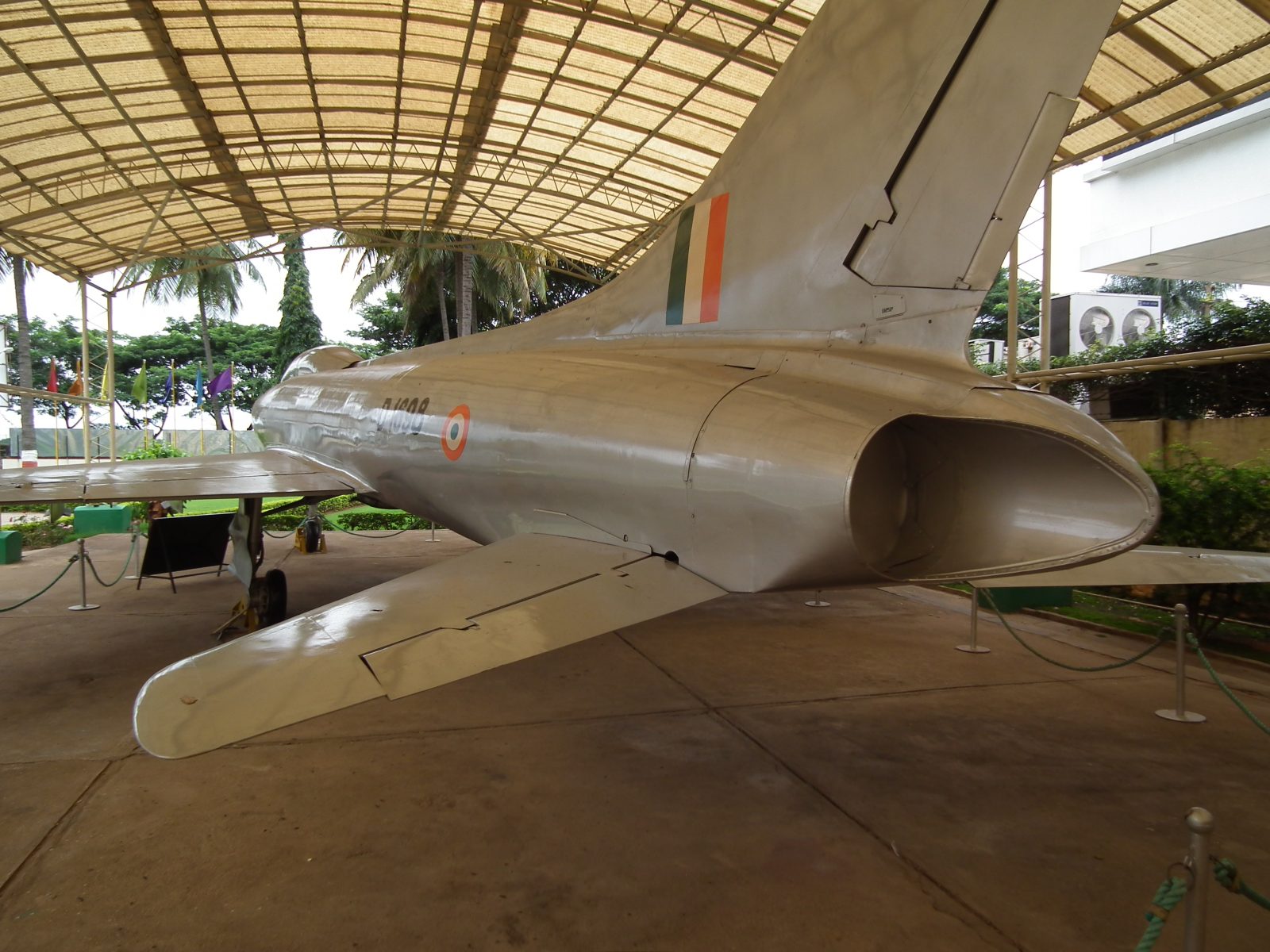
The aircraft getting fitted with the Orpheus series engine meant that the fighting capabilities of the HAL HF-24 Marut were limited forever as the IAF’s frontline fighter jet. This is why; it was removed from the role of the interceptor to a fighter bomber and a strike platform.
Armaments:-
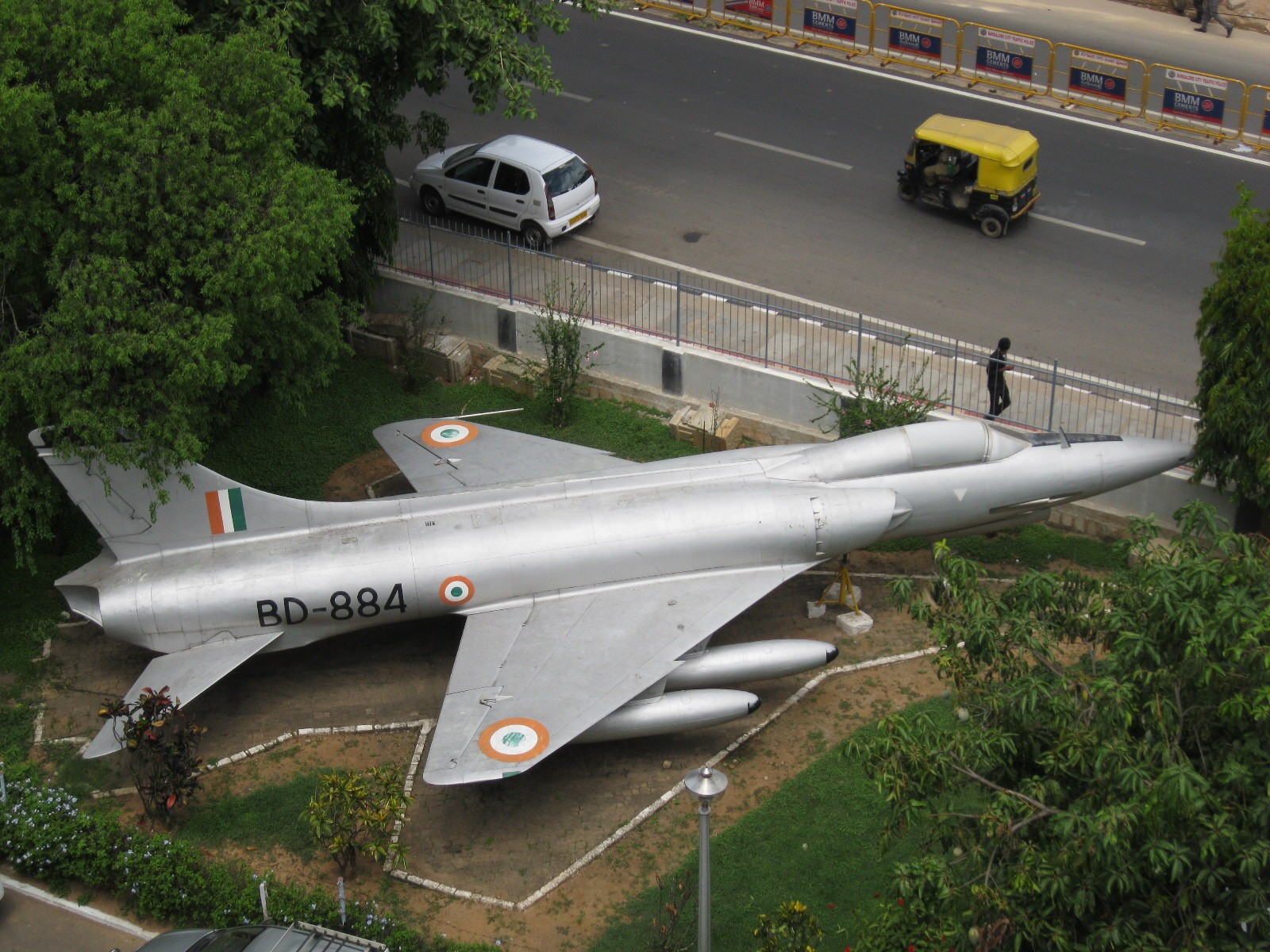
The HAL HF-24 Marut was fitted with standard armaments including 4 of the ADEN 30 mm cannons; with each cannon having 120 rounds. This aircraft also featured a rocket pack that was retractable and could be equipped for carrying 50 of the 68mm rockets.
In addition to these standard armaments, the aircraft also featured 4 hardpoints which allowed for the aircraft’s munition carrying capability externally to be about 4000 lbs. this was sue for equipping aircraft with rocket pods or conventional drop munition.
Service with IAF (Indian Air Force):-

The HAL HF-24 Marut was stocked up by 3 squadrons of IAF; no. 10, no. 131 and no. 220. IAF made the decision of never having more than 16 of these HAL HF-24 Maruts to be in battle-ready condition. The first combat action that the HAL HF-24 Marut saw was in 1971’s Indo-Pak War where it performed as a normal attacking platform despite having limitations.
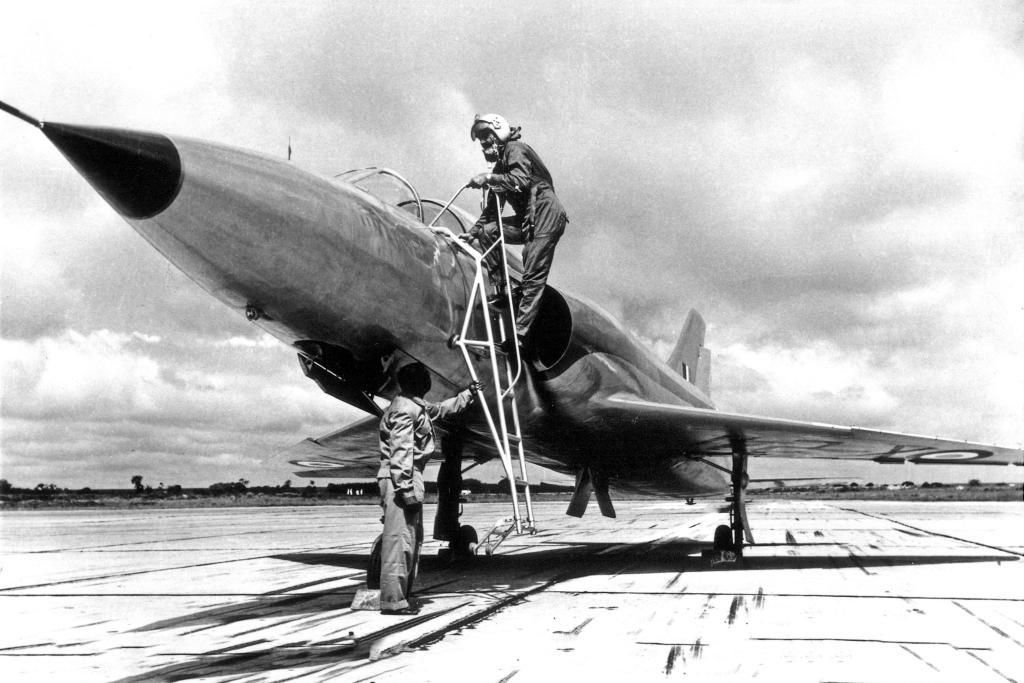
At least 4 of these aircraft were lost following attacks from ground bases while 2 got destroyed on the ground. The only kill achieved by a HAL HF-24 Marut was back on 7th December 1971 when an IAF pilot downed a Pakistani North American F-86 Sabre.
Opened up avenues for India’s military aviation advancements:-
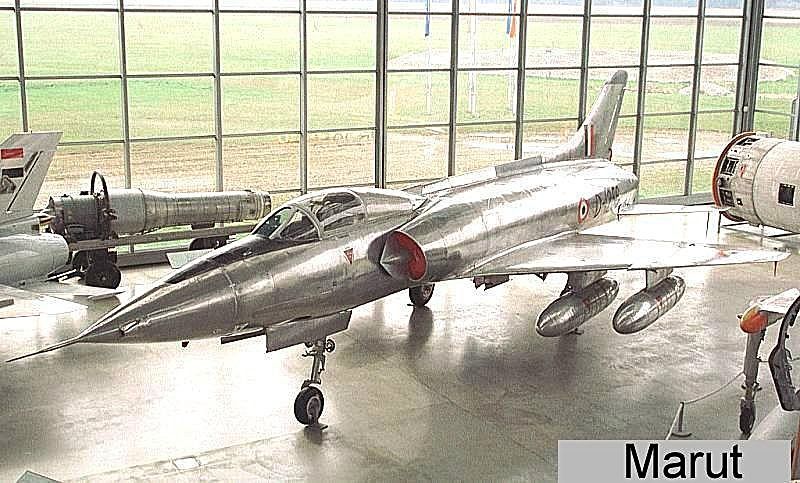
Whilst the homemade Indian fighter failed to achieve the expectations of the country as compared to aircraft of its era from other countries, it was still a learning experience for India. The production line stopped after it reached the mark of 147 aircraft. The experience that India learned from this aircraft opened up new avenues for advancements in India’s military aviation industry.
Retirement:-
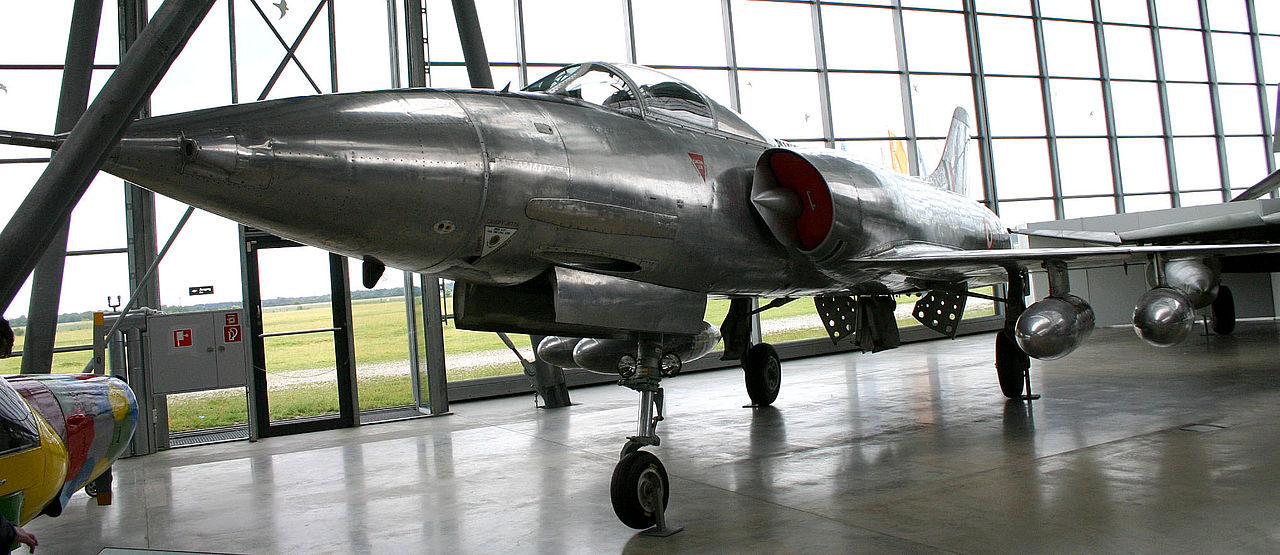
The HAL HF-24 Marut after serving for IAF for about 23 years retired back in 1990.
Related Content:-
Interesting facts about the Hawker Sea Fury; British Royal navy’s last Propeller Driven Aircraft
Interesting facts about the HAL Ajeet; IAF’s (Indian Air Force) version of Folland Gnat
Share this content:

